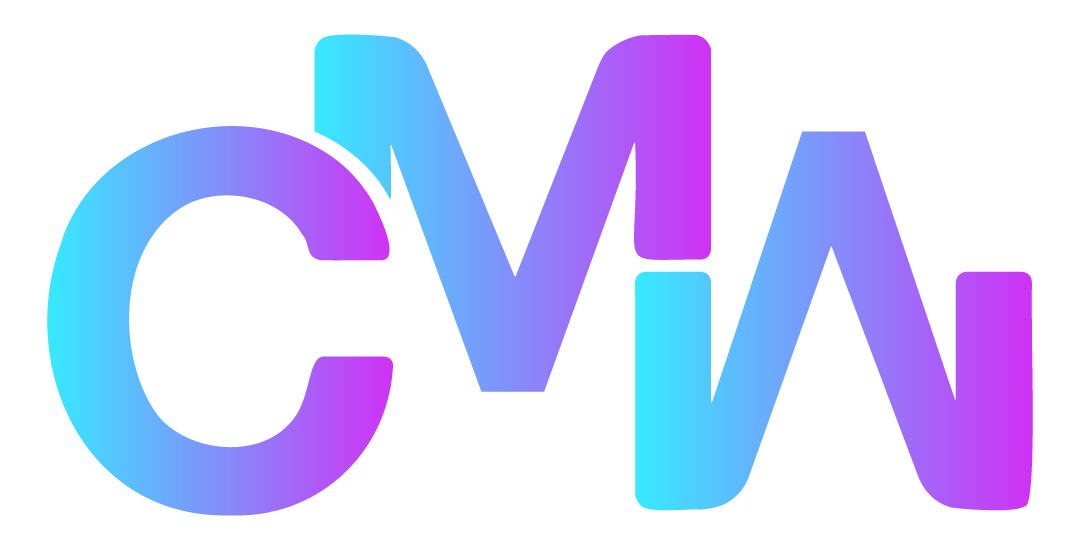Hear more from Screenburn’s point of view when Tom Raffe speaks at the start-up portion of our Social Music Summit on Thursday May 8, at 3:45PM.
Back in the “olden days” before the internet came along and changed pretty much everything, the business model for the music industry was a relatively straightforward one. The artist would record a song and the label would work to promote it. However, as the market becomes increasingly fragmented across any number of new and emerging platforms, things aren’t always quite so simple.
For the latest music news, many fans these days turn to social media; expecting the latest tracks and videos to be uploaded or promoted in some way across Facebook and Twitter. Many fans have become influencers in their own right, holding easily as much weight as major music journalists through blogs and Twitter accounts.
Things have changed within the industry itself too. Now it’s just as important that artists themselves are heavily involved in the marketing process. Many of the world’s biggest stars such as Katy Perry and Rihanna maintain their own social media accounts to stay in touch with fans in the same way an unsigned artist will look to craft their own digital voice to grow their audience both locally and online.
At Screenburn, we look to work with all manner of content owners to market their video online and there are similar conversations and strategies that we talk to marketing teams about across the board. This blog post highlights a few of those to give you a flavour of how social media and music are evolving together.
How integrated is your digital strategy?
Practically every brand has a social media team these days. A report last year by Altimeter revealed that 78% of companies have a growing dedicated team. However, the same report showed that only 26% of the businesses surveyed had a holistic approach to social media. It is becoming increasingly important to monitor the results of your social media activity that can then help to inform the wider marketing strategy and maybe even the position of the brand. Using tools such as Facebook Insights, for example, you can begin to see what kind of content your fans respond to the best and at what times of the day. This can be useful when you’re planning your upcoming marketing focus for a new release for instance. Does your online audience prefer images over links? Which video outperformed all the others and what were people saying about it? Do women tend to respond to the latest updates more than men? Where are the most popular countries and towns? In many ways, your audience response is a piece of real-time market research and it should really be treated as such.
Informed marketing with added value
When you have a good idea about the demographics that make up your online fan-base, you can begin to tailor and target content and ads towards this. This could come in the form of providing some real added value for fans. Makeup brand Essie saw that their customers loved to make style decisions using the in-store colour wall. This was replicated online and saw an uplift in organic Pinterest pins as a result. It doesn’t necessarily have to be revolutionary – maybe you’re able to provide some useful information about a gig or some behind-the-scenes information about a music video. West Hollywood’s legendary music venue The Roxy worked with other local venues to offer fans special deals and discounts through Twitter and Facebook. Understanding who your fans are and what they’re passionate about is key to driving your social media activity.
Direct marketing
Perhaps one of the best aspects of digital is that it’s auditable. You can see how many people have accessed your social media page or website and it’s possible to track conversions and streams too in order to attribute an ROI. This means direct remarketing can be incredibly powerful. Many e-commerce sites will target ads at users who have abandoned items in their baskets. Knowing who has expressed an interest in your brand already can be a good way to begin to build an engaged audience that’s keen to know more about you. One of the obvious ways this has been done in the past is with email mailing lists and this is still a good way to keep your latest work front of mind. MailChimp isn’t huge for nothing!
With social media, you can take this a stage further. If you’re already sitting on an email list of fans that has grown over time, using Facebook’s Power Editor is a good way to target ads to this same group through the platform too. Although we couldn’t cover all the advertising options with Facebook in a single blog post, there are numerous possibilities to tailor an ad that will work well for a certain audience whether they’re using desktop or mobile. This traffic can be tracked through to your website depending on how you would like it to convert. Screenburn works with clients to build their potential to market directly on Facebook by retargeting users who have opted in using the VOD platform and engaged positively with content.
Measuring the online conversation
As more and more fans become vocal online, it’s vital to keep an eye on the conversation that might be taking place beyond your own social media page. For starters, Social Mention is a great free tool that keeps an eye on social media sites for you. It captures some of the recent posts around your chosen brand and also gives an indication of post frequency and unique users to provide you with a picture of how passionate or influential some of the conversations are. IceRocket is another tool that organises blog, Twitter and Facebook monitoring, allowing you to see the period of time you’re interested in. Organising your influencers into Twitter lists is also a good way to ensure you don’t miss out on anything important. This could be split by music genre or fans of a particular artist. Many marketers swear by TweetDeck and it is a good way to organise your lists in one place so you can monitor the conversation in real time.
_____________________________________________________________________________________
Tom Raffe is the founder and director of Screenburn, a Facebook platform enabling artists and brands to sell music, videos, and more directly on their Facebook pages. He gives us a deeper look into the impact of social media on music marketing today.


